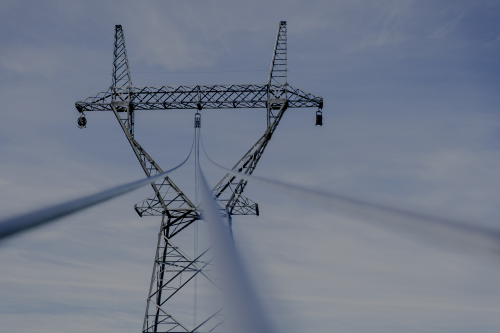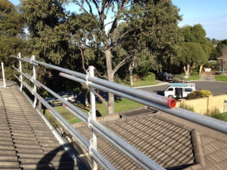Hedges
I See Electromagnetic Fields!
- Joined
- Mar 28, 2020
- Messages
- 20,682
Is that residential pv vs other wholesale?
Utility scale, where PG&E contracts to buy power from a supplier.
So wait..
You pay the same transport and connection fees right ?
That should include all cost that entails just that, do there for the grid isn't free, and, at least here, are outside netmetering
And there we have it , at least in my mind, powerco's never invested in storage, only in generation, which is where the real problem lies
No investment ( or well planned investment) for years
Profits went to management and share holders, while part of that needed to be invested
We pay a monthly fee in the $10 to $15 range.
We pay a large charge for transportation of power, based on consumption.
My Oakland house, last bill was $130 for power and $282 for delivery.
(for some reason, if I had PV there and backfed under NEM 3.0, I would not get a credit for 1/3 of the total.)
Water in San Jose, on the other hand, for 2 months I paid $200 meter fee and $40 quantity fee.
One of the problems in California is that we pay almost no connection fees. About $10. It does not cover the real fixed and standby costs of the grid which would be more like $100.
$10 is fair to maintain a physical connection. Just a wire drop and meter.
Some sort of "demand charge" based maybe on peak wattage draw could address being a big consumer only when times are tough.
I would favor that rather than a photon tax or income based charge, to have PV users pay their fair share of the grid. If they learn to conserve and reduce peak consumption, they should pay less for the grid.








